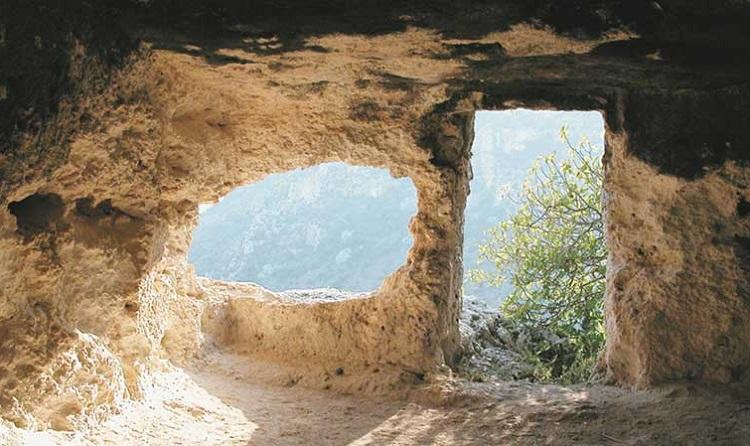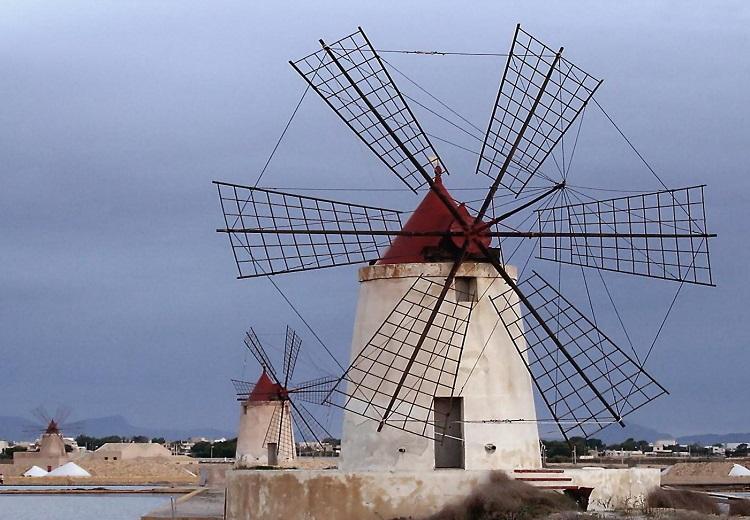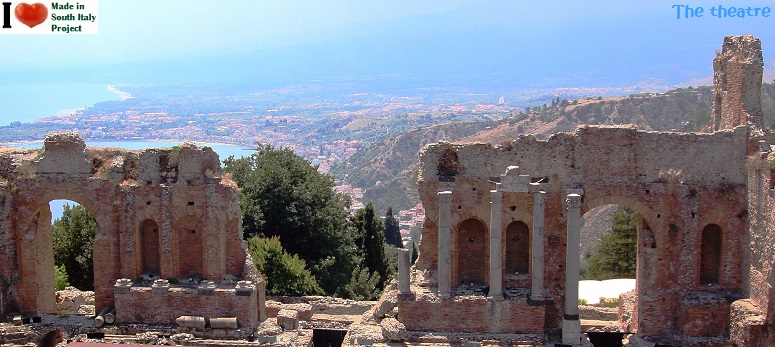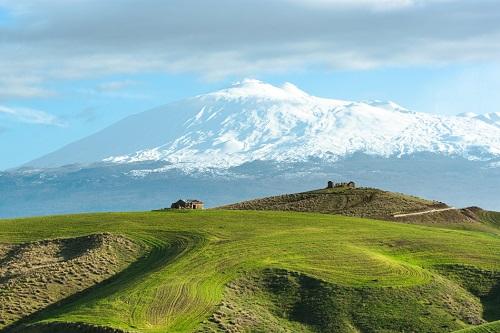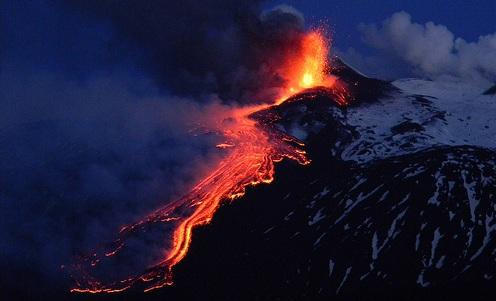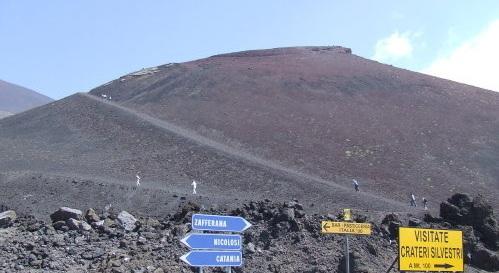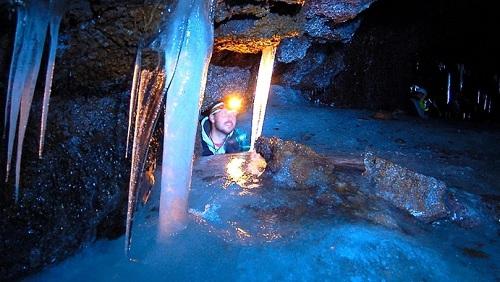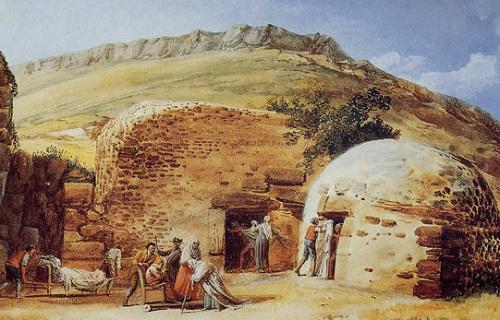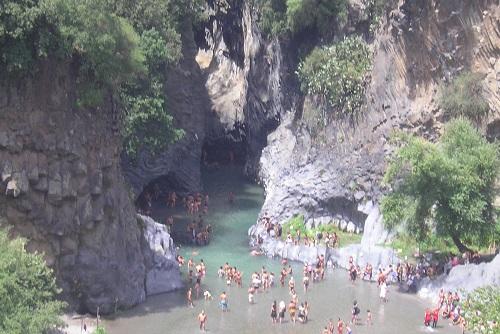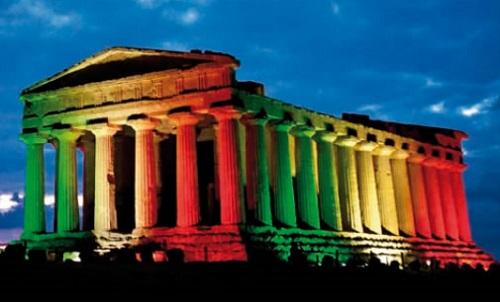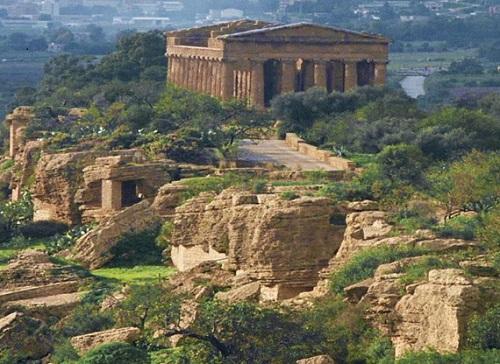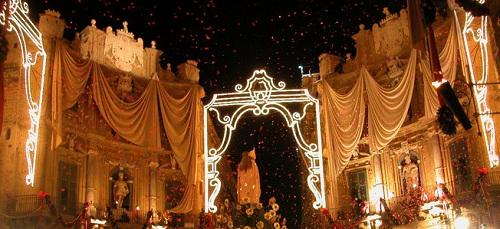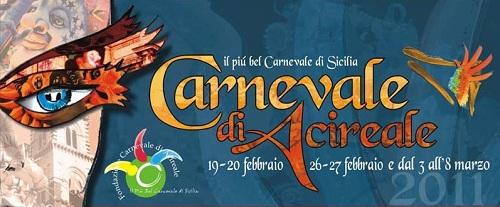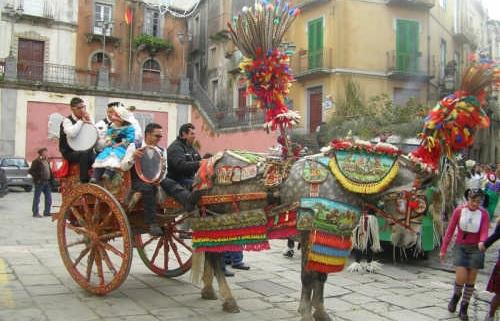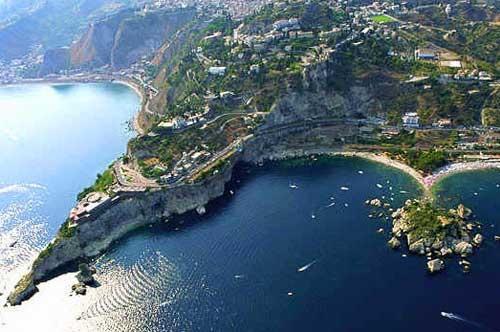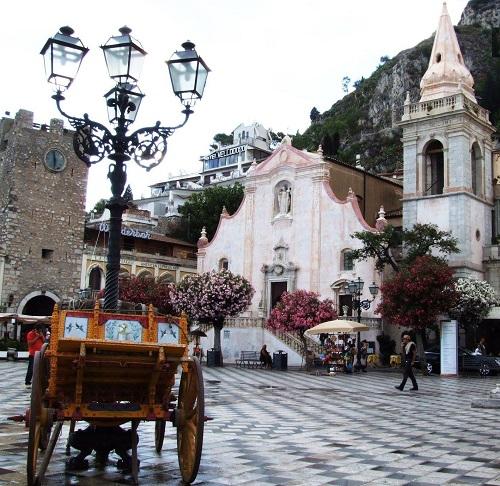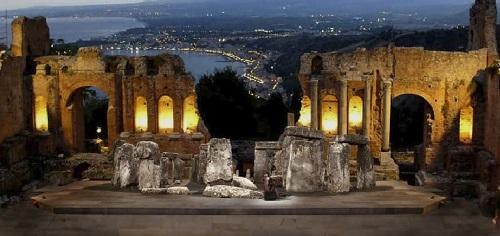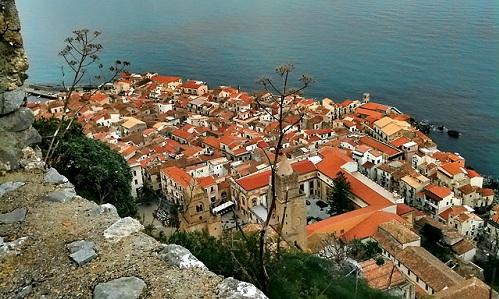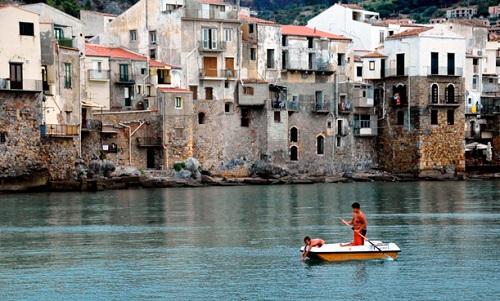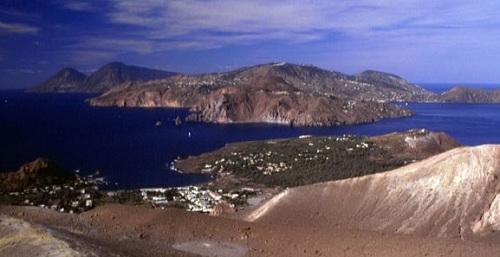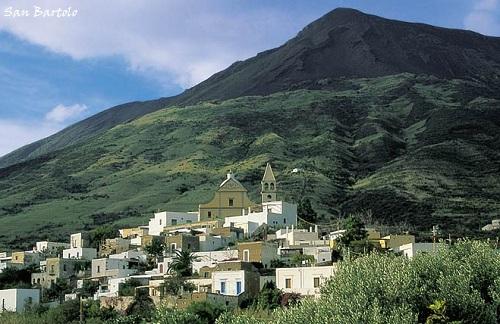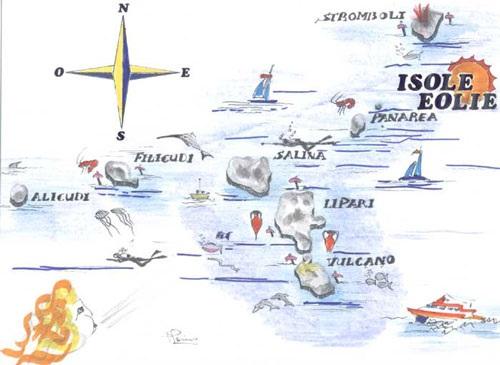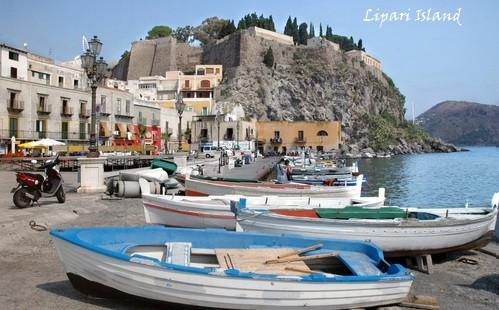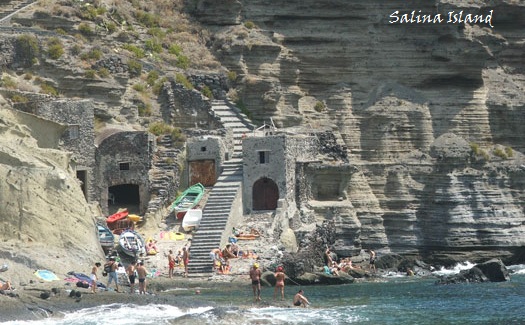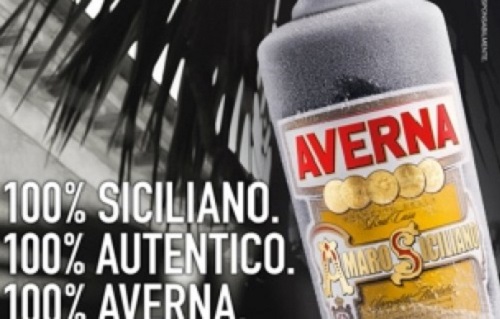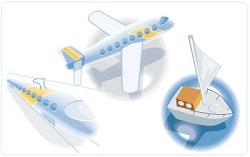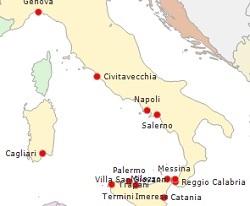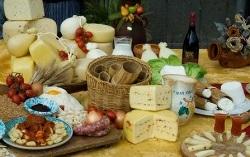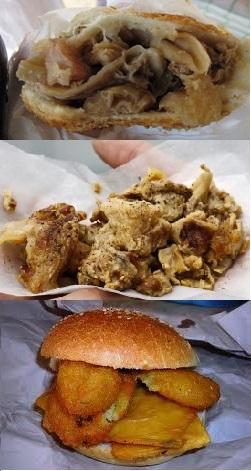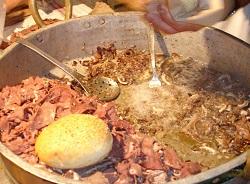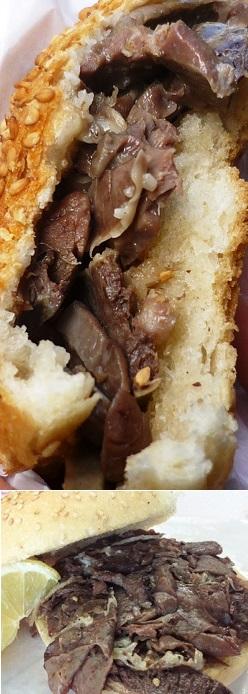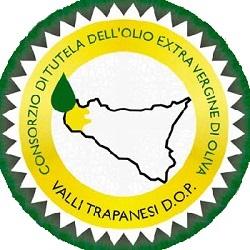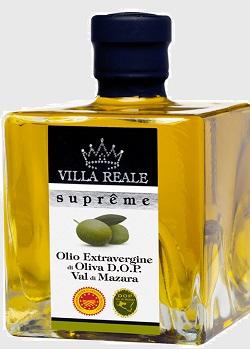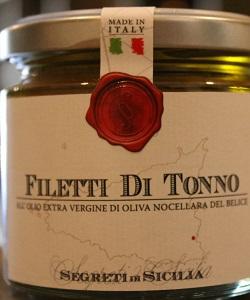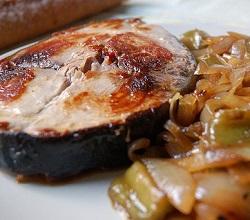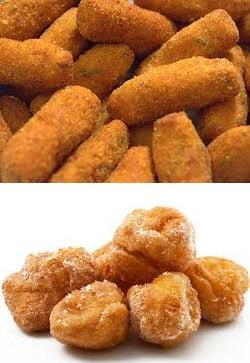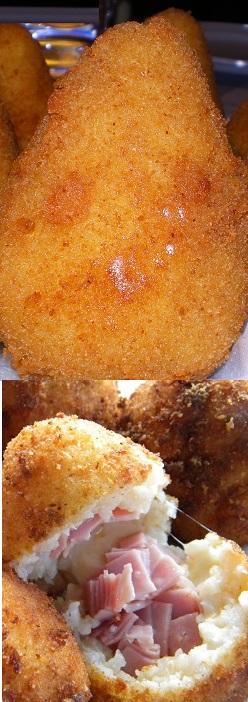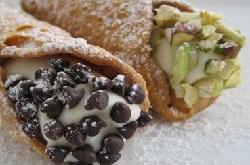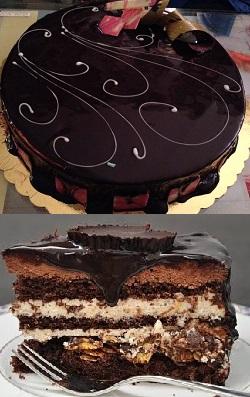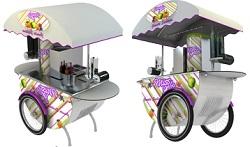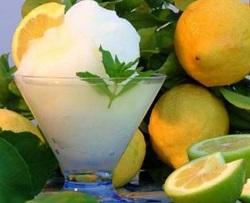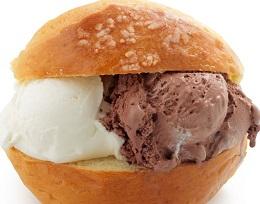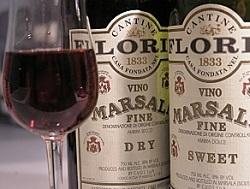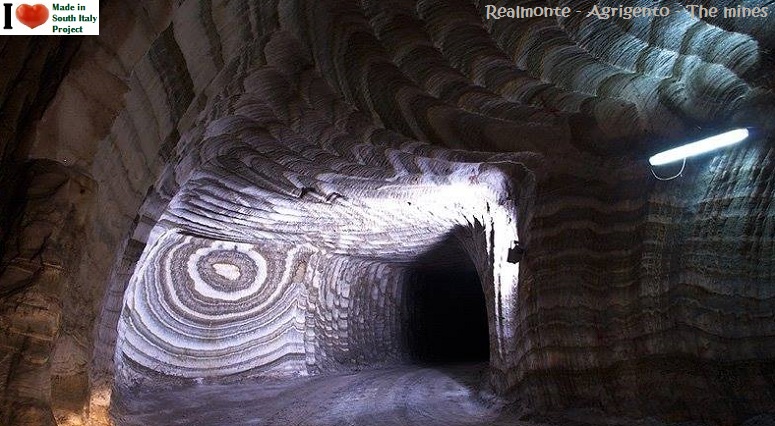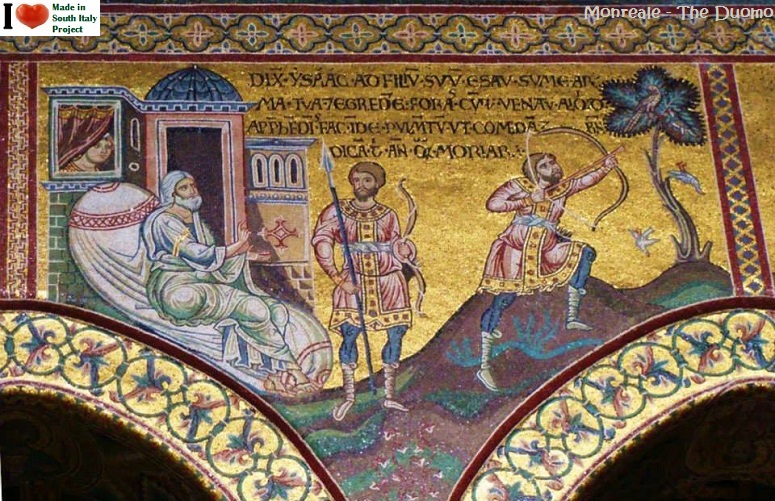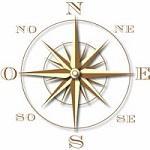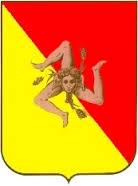 Welcome to Sicily, the outdoor museum. Welcome to Sicily, the outdoor museum.
The island has a typical Mediterranean climate. Thanks to its geographical location, Sicily has had a major role in the historical events that have played a key role in the Mediterranean.
Its most prominent landmark is Mount Etna, which is at 3,320 m (10,890 ft) the tallest active volcano in Europe and one of the most active in the world.
Etna, the greatest active volcano in Europe, is in the east of Sicily and is one of the fundamental stops to discover this region.
Its spectacular eruptions created unique landscapes over the centuries.
Hiking the Etna is an unforgettable experience full of colors and of emotions. For those who like to keep fit during the holidays or want to spend a few days exploring the nearby natural attractions there are many activities to choose from.
Trekking lovers can go on a guided excursion along the routes of the Sicilian natural Parks, while those who are not fond of walking can choose to explore these wonderful places on a horse’s back or riding a mountain bike.
A common destination for many hikers is Etna's Ice Cave, the only existing perpetual glacier at these latitude.
If one needs to "unwind" and re-energize might choose to visit one of the thermal SPA's in the area. Some of them dating back over 3500 years ago.
Sciacca, with its famous Stufe di San Calogero, natural caves where the high concentration of steam reaches a temperature of about 40° C, or the baths of Acireale, where the underground water of the sea mixes with the sulfur water of Etna.
Le Gole dell'Alcantara (the gorges of Alcantara) in the territory of Catania and Messina. Unlike other canyons formed by the relentless rivers through millennia, the Gorges dell'Alcantare seem to have formed due to old seismic events .
Historical sites are everywhere, but the most known is the archeological site of Agrigento, la Valle dei Templi (Ἀκράγας -Akragas -Valley of Temples), one of the most outstanding examples of Greater Greece art and architecture, and is one of the main attractions of Sicily as well as a national monument of Italy. Below the Tempio della Concordia.
The area was included in the UNESCO Heritage Site list in 1997. Much of the excavation and restoration of the temples was due to the efforts of archeologist Domenico Antonio Lo Faso Pietrasanta (1783–1863), who was the Duke of Serradifalco from 1809 through 1812.
The term "valley" is a misnomer, the site being located on a ridge outside the city of Agrigento.
Plenty of choice for those who enjoy festivals and cultural events, too. Countless cultural e events take place every year in the suggestive scenery of Taormina’s Ancient Theater.
Many festivals are dedicated to the Patron Saints of Sicily as well, a mix of faith, folklore and tradition that tells of the Sicilians’ profound religious devotion.
The Festival of Saint Rosalia in Palermo takes place in the first half of July and is known as the last of European's baroque festivals...
...and the Festival of Saint Agatha in Catania held in February, just a few of the many events that take place every year all over the region.
The most beautiful carnival in Southern Italy... a Baroque triumph of lights and colors and of the collective joy of being together.
If you were to ask someone the name of a Sicilian city most likely the answer would be Taormina... or Cefalu'.
Famous French writer Guy de Maupassant described Taormina as a landscape that seduces your eyes, your spirit...and your imagination.
Taormina ( in the province of Messina) has been a very popular tourist destination since the 19 th century.
Credited in part for making Taormina popular was German painter Otto Geleng, distinguished from other painters of the time by his choice to depict the more southern regions where he captured the spectacular views and light of Sicily.
Geleng painted everything that Taormina offered: ruins, sea, mountains, none of which were familiar to the rest of Europe.
When his paintings were later exhibited in Berlin and Paris, many critics accused Geleng of having an ‘unbridled imagination’.
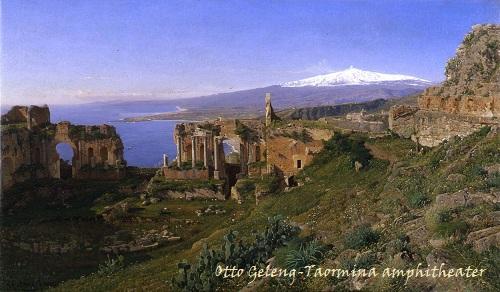
At that, Geleng challenged them all to go to Taormina with him, promising that he would pay everyone's expenses if he were not telling the truth.
Cefalu'; its name first appears in history at the time of the Carthaginian expedition in 396 BC, Cicero speaks of it as a flourishing town, during the Byzantine domination the settlement was moved from the plain to the current spur, in 858, after a long siege, it was conquered by the Arabs, and renamed Gafludi.
In 1063 the Normans captured it and in 1131, Roger II, king of Sicily, transferred it from its almost inaccessible position to one at the foot of the rock. Between the 13th century and 1451 it was under different feudal families, and then it became a possession of the Bishops of Cefalù.
About 20 Km by sea, north of Messina, almost beside the Lipari Islands, there is Vulcano island, offering a magnificent view of yet another volcano, the Stromboli, and the surrounding islands.
Stromboli, one of the three active volcanoes in Italy, part the eight Aeolian Islands.
The volcano has erupted many times, and is constantly active with minor eruptions, often visible from many points on the island and from the surrounding sea, giving rise to the island's nickname "Lighthouse of the Mediterranean".
There are three villages, San Bartolo and San Vincenzo lie in the northeast while the smaller village Ginostra lies in the southwest.
Here, in the Mediterranean Sea, lie the charming Aeolian Islands greeting visitors with unique and intense scenarios, scents and flavors of an uncontaminated nature.
The Aeolian islands are one of the most popular destinations for the discerning tourist increasingly looking for experiences of life, quality and uniqueness.
In all, the archipelago comprises 7 islands - Lipari, Vulcano, Stromboli, Salina, Filicudi, Alicudi and Panarea – and a series of islets and rocks of different sizes.
Amaro Averna is produced in Caltanissetta. It is named after its inventor, Salvatore Averna, who invented the recipe in 1868. This drink is considered a traditional drink.
|
Getting there and about
By air, boat, train or bus?
The island is connected by five airports, two of which are international.
Then there is the Trapani airport (Vincenzo Florio), the airports of Lampedusa and Pantelleria with direct flights to major cities to and from the peninsula.
Both connected to the respective cities by bus .
Airlines
ALITALIA - AIR ONE - www.alitalia.it
MERIDIANA www.meridiana.it
WIND JET www.volawindjet.it
EASYJET www.easyjet.com
BLU-EXPRESS www.blu-express.com
RYANAIR www.ryanair.com
If traveling by train is your prefered choice, Sicily is connected to the rest of the peninsula by the national Railways-Trenitalia www.trenitalia.it which also connect all the Sicilian provinces.
A train ticket can be purchased in any Italian, very convienent if you wish to transport a bike or motorbike.
Regardless, you will have to reach Villa San Giovanni (Calabria) from where to take the boat to Sicily.
If you prefer to travel by bus, there are bus lines that connect directly Rome to Palermo, Trapani, Messina, Catania and Agrigento.
For those who want to reach Sicily by car or motorbike, the fastest way is almost always the highway (Autostrada del Sole) .
From Naples to Reggio Calabria, exit at Villa San Giovanni, for the ferries that cross the strait.
The service crossing the strait is entrusted to different companies: Ferrovie dello Stato, Caronte and Meridiano.
Several highways connect the major cities of the region, in fact, Sicily is the region with more highway network in the territory.
In the kitchen
Sicilian cuisine is closely linked to cultural and historical events of Sicily, both the religious and spiritual life of the island it is indeed a complex and regional food culture, that displays traces and contributions of all cultures who have settled in Sicily in the last two millennia.
From the eating habits of Greek Sicily, to the French chefs of aristocratic families, passing from Arabic sweets and meat offal cooked in the street in the Jewish way, all contribute to making varied Sicilian cuisine.
Typical Sicilian street food, (in particular from the city of Palermo) is the stigghiola and frittule, the poor people food.
Socially, the stigghiole and la frittula are considered the "fast" food of the urban underclass, in a certain sense they are probably the most authentically folk food in Palermo.

The stigghiola is a plate of simple cooking, the basic preparation consists of lamb (or beef) intestines, washed in water and salt, seasoned with parsley, with or without onions, skewered or rolled on a spit and cooked directly over coals.
The raw material of the frittola is the result of a special processing of waste from the slaughter of the calf which allows the skin to be stored for a long time, it is then fried and finally boiled adding some spices. Goes eaten in a bun when still hot...
...and if you have room for some more, you might wanna try the
'pane cu a meusa'....spleen on a bun...if you get lucky, the vendor might be also offering lungs to compliment the spleen ...like this one below...
Extra virgin olive oil in Sicily is widely used for cooking and for flavoring.
Many are the Sicilian products protected by DOP and IGT quality labels, making Sicily one of the queens of the Mediterranean diet, famous all over the world for the genuineness of its ingredients.
Extra-virgin olive oil, juicy red oranges and the sweet grapes of Canicattì, Pachino tomatoes and Pantelleria capers, prickly pears and the olives of Nocellara del Belice are some of the excellent products that distinguish Sicilian food.
Main ingredients are mostly vegetables, or marine.
Yet, we cannot forget the most famous cheeses, like Ragusano and pecorino, or tasty sausages, like Sant’Angelo salami, or the different types of crispy bread, like the loaves of Dittaino.
Fish is traditionally very present in the tables of the Sicilians, served chilled, flavored with olive oil, garlic and capers or olives, bread crumbs and orange.
Sicilian cuisine offers a wide variety of antipasti, from rice croquettes to cazzilli and crispeddi, before tasting rich first courses and fish or meat dishes.
Arancini , are stuffed rice balls which are coated with breadcrumbs and fried. Usually filled with ragù (meat sauce), tomato sauce, mozzarella, and/or peas. There are a number of local variants that differ in fillings and shape. The name derives from their shape and color, which is reminiscent of an orange (the Italian word for orange is arancia, and arancina means "little orange"), although in eastern Sicily, arancini have a more conical shape.They are said to have originated in Sicily in the 10th century during Kalbid rule.
A chapter apart are the desserts, based on both, fresh and dry fruits, often related to religious traditions.
Much used is sheep sweetened ricotta, honey, but also chocolate, used in seven different varieties, for the famous and exclusive "Setteveli".
Ice creams and granita are important parts of daily life in Sicily, and are produced in hundreds of different tastes: it is in Sicily that was invented in the seventeenth century, the modern production of ice cream.
Artisan gelato is an absolute pride of the Sicilian tradition, known and imitated everywhere.
It offers everyone, regardless of age and in all seasons, an explosion of colors and tastes absolutely irresistible.
Sicilians have a real cult for ice cream which is enjoyed in every season, in the multitude of species that allow the typical products of the island, from the pistachio to almond and citrus.
Today still, Sicily remains the home and the place of choice to enjoy these icy treats. The quality, types, taste, essences, and the manufacture of ice cream varies from one area to 'other island.
Sicily was best known for fortified dessert wines such as Marsala, passito and moscato.
Today, Sicilian wines have finally asserted themselves on the international stage.
Some of the Sicilian red wines are : Syrah, Etna Rosso,Cerasuolo di Vittoria. The white wines include the Bianco D’Alcamo.
|

 Work with us - Are You a tourist guide?
Work with us - Are You a tourist guide?
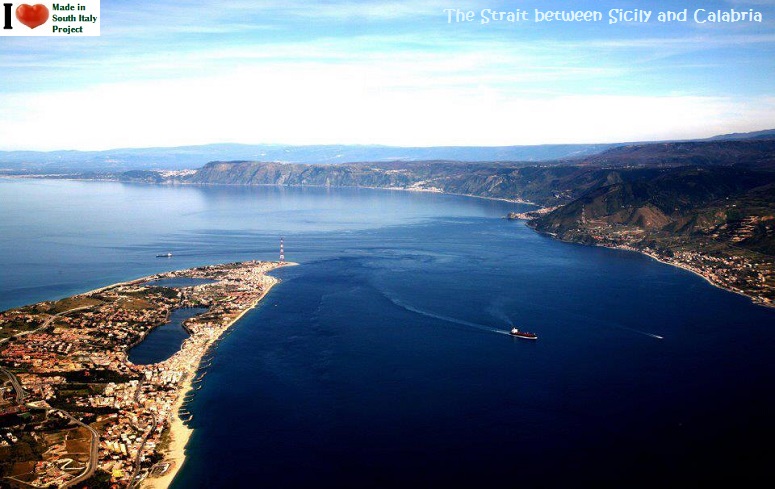

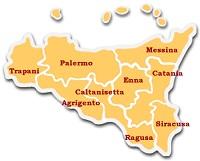
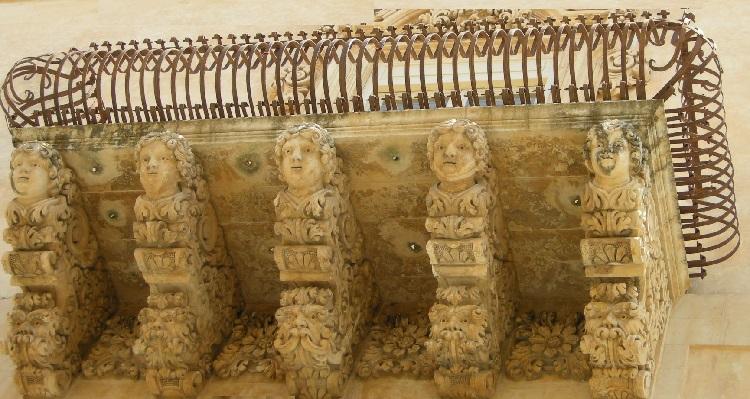
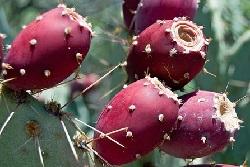 Where the nature is so generous,
Where the nature is so generous, 